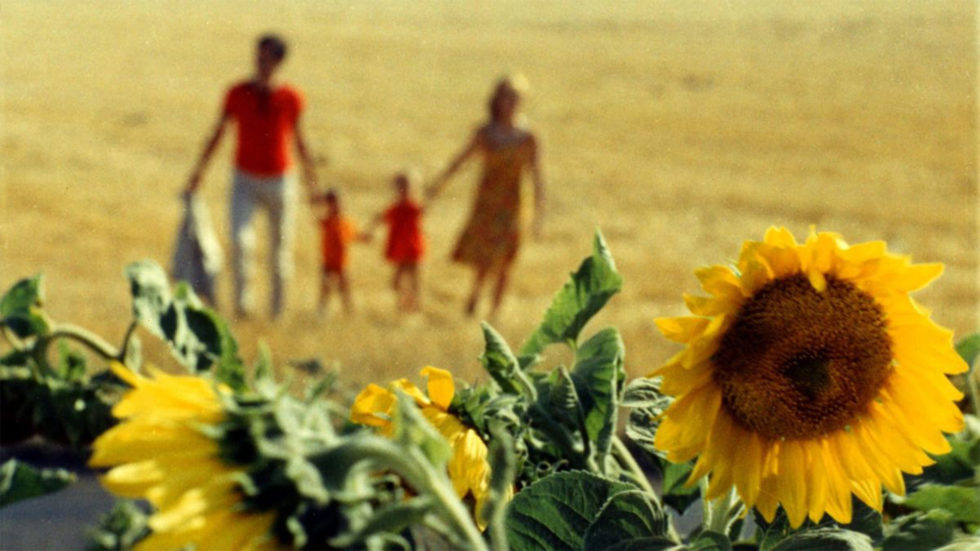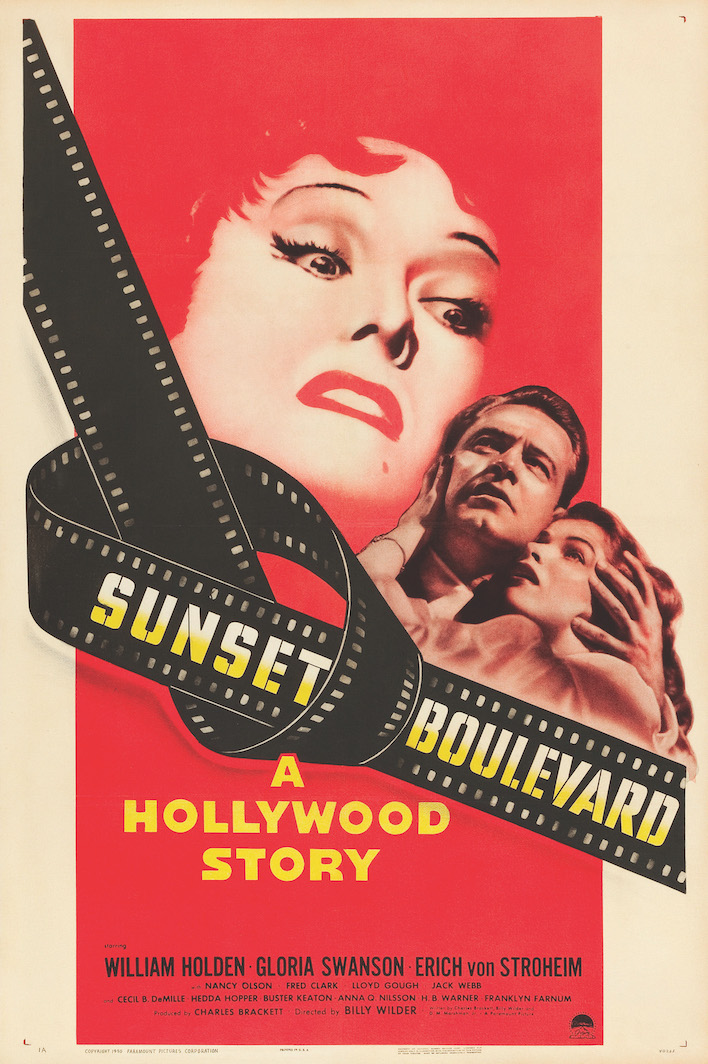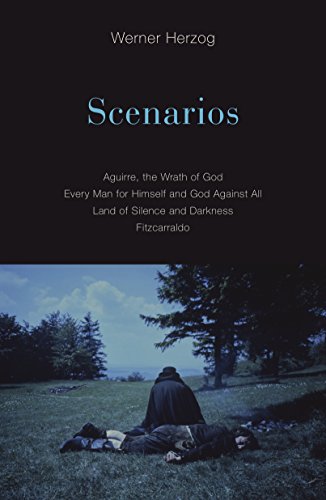
A.S. Hamrah

THE BRITISH FILM CRITIC and documentary filmmaker John Grierson famously noted that when a director dies he becomes a photographer. Grierson meant that when a filmmaker runs out of ideas, he takes the easy way out, he falls back on visual beauty. The French filmmaker Agnès Varda, who spent a lifetime turning men’s ideas upside […] 
EMILY NUSSBAUM, THE PULITZER-WINNING television critic and New Yorker staff writer, ends her well-researched, somewhat grueling book on the history of reality television, Cue the Sun!, with a reminder that critics have historically dismissed reality TV as a fad. Yet reality TV has not gone away. It’s more than just a fad, she writes, because […] 
IN AUGUST 1945, THREE MONTHS AFTER ADOLF HITLER’S SUICIDE in the bunker and the Allied victory in Europe, the Hollywood film director Billy Wilder arrived in Berlin. Wilder’s film Double Indemnity, that pinnacle of film noir, had come out the previous summer to great acclaim and box office success. The Lost Weekend, Wilder’s next film, equally dark and also a future classic, was being readied for fall release at Paramount. Now Wilder had been enlisted by the US Office of War Information to return to the city he’d fled in 1933, when he was forced out of screenwriting because he 
AT THE END OF MAY 2011 I was standing at the corner of Union and Court Streets in Brooklyn with a man in his late seventies named Bobby Russo, who was born in the apartment where I live. Bobby and I were stopped there because the street was blocked off so that Columbia Pictures could shoot Men in Black 3, a sci-fi action-comedy starring Will Smith and Tommy Lee Jones, directed by Barry Sonnenfeld. 
IN JUDD APATOW’S MOVIE This Is 40, from 2012, a married couple played by Leslie Mann and Paul Rudd take a weekend trip to a hotel, where they get in bed and discuss their relationship. Rudd tells Mann that sometimes he feels like she wants to kill him. She admits that’s true, so he asks her how she’d do it. “I’d poison your cupcakes,” she answers, explaining that she would put in just enough toxin to slowly debilitate him. “I would enjoy our last few months together,” she tells her husband, “because you’d be so weak and sweet, and I 
Howard Koch Jr., assistant director on Chinatown and the son of the former head of production at Paramount Pictures, had always thought of cocaine as “elite,” according to Sam Wasson in The Big Goodbye: Chinatown and the Last Years of Hollywood. But by 1975, coke had trickled down. “The fucking craft service guy had it . . . the prop guy had it. It was everywhere,” Koch Jr. noticed. 
“IF IT WAS A FRIDAY NIGHT, the president’s hair would look much softer and shinier than usual, because he had washed it that afternoon,” Mark Weinberg remembers in Movie Nights with the Reagans, his 2018 memoir detailing the many evenings he spent at Camp David seeing films with President Ronald Reagan and his wife, Nancy. Throughout Reagan’s two terms in the 1980s, Weinberg, then an assistant White House press officer, accompanied the Reagans on their weekend trips to Camp David, the compound located in the hills of Maryland that has been the official retreat of US presidents since 1942. Sitting 
“This animal sleeps its whole life away. It’s never really awake.” The Spanish conquistador and mutineer Aguirre (Klaus Kinski) thus describes a sloth in the 1972 West German anti-epic Aguirre, the Wrath of God. The same lethargy cannot be ascribed to the film’s director. Werner Herzog’s unceasing activity as filmmaker, author, lecturer, world traveler, actor in other people’s movies, and rescuer of strangers on the highway makes the paltry accomplishments of other human beings look inadequate and lazy by comparison. He gives the impression of a tirelessness that does not allow for rest, of any kind. In 1967, when he was a student at the Pennsylvania Academy of Fine Arts in Philadelphia, David Lynch, the future director of Blue Velvet and Twin Peaks, made a mixed-media sculpture, a Rube Goldberg device that, as Dennis Lim describes it in his thorough, compact, and illuminating new book on Lynch, “required dropping a ball bearing down a ramp that would, through a daisy chain of switches and triggers, strike a match, light a firecracker, and cause a sculpted female figure’s mouth to open, at which point a red bulb inside would light up, the firecracker would go off, and